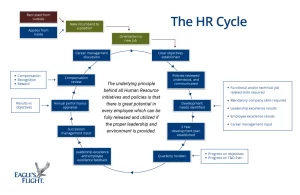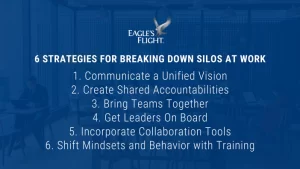The key to unleashing employee potential lies in establishing the right processes and programs to support leaders and employees at various stages of the HR cycle. The HR cycle is a 12-step process that individuals go through throughout their employment journey from hiring to promotion or role change. In our guide, Using the HR Cycle to Unlock the Potential Within the Organization, we present the strategies and initiatives that HR can pursue to leverage the HR cycle for long-term organizational success.
Recruitment, Orientation, and Onboarding
The recruiting and onboarding steps of the HR cycle present an opportunity for HR to ensure that new hires align to the goals and culture of their organization. The beginning of the HR cycle is the time to examine recruiting activities and ensure they position your organization for future success. During these stages, you can:
- Showcase your culture. Ensure that recruiting activities and tools highlight your culture as much as the details of the position you’re trying to fill. Use your company career page and social media to express to candidates the personality of your organization and aspects of the culture.
- Think about orientation partnerships. When a new hire joins, they need to know where the copier is, but they also need to become acquainted with the leaders on their new team that can help them adjust to cultural and work norms. HR can connect new hires with the leaders who will support their success.
- Train managers to be master communicators. There are many stakeholders in a new hire’s orientation, but people managers have a special role to play in communicating performance objectives and expectations. HR can provide the tools and training support to ensure managers communicate expectations with ease.













